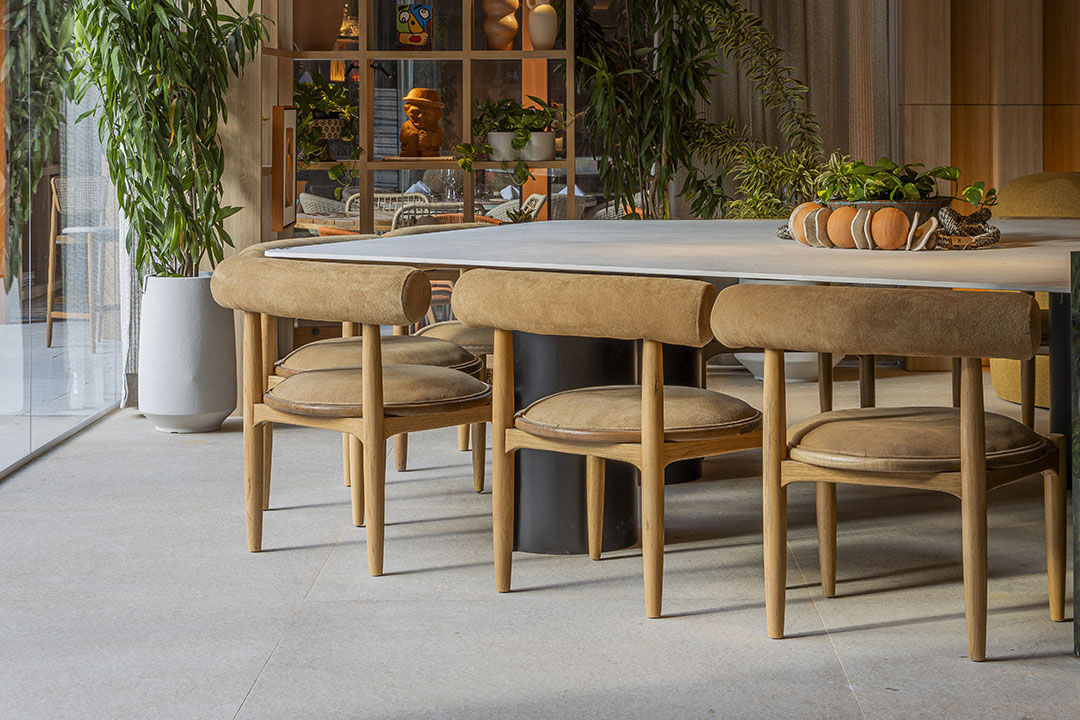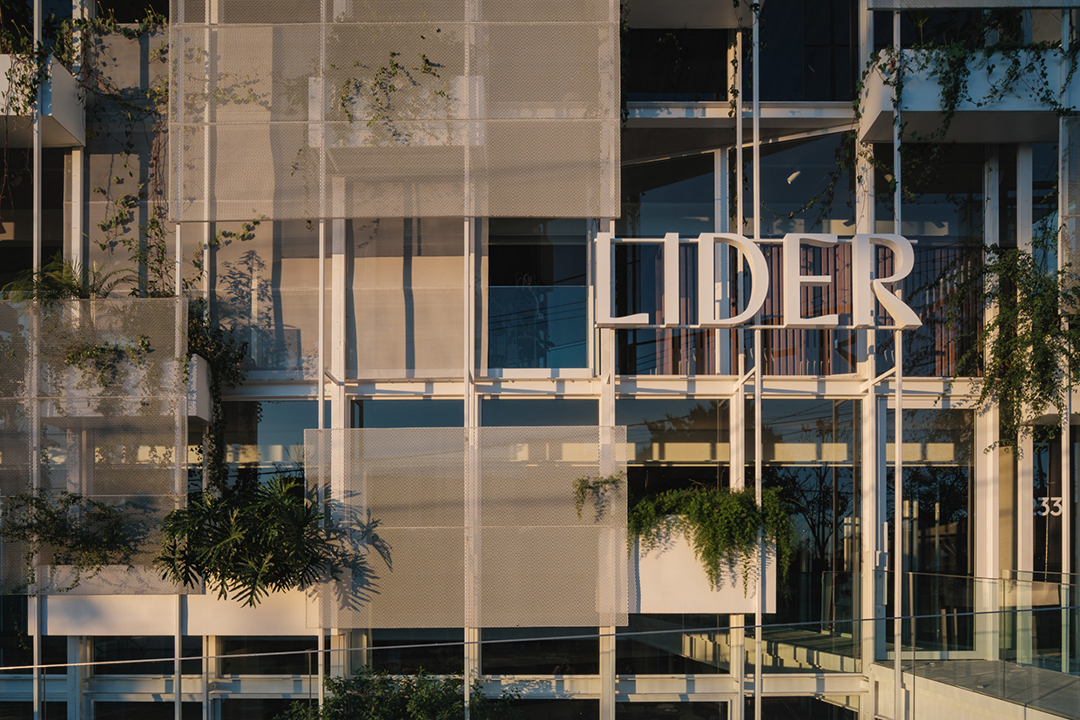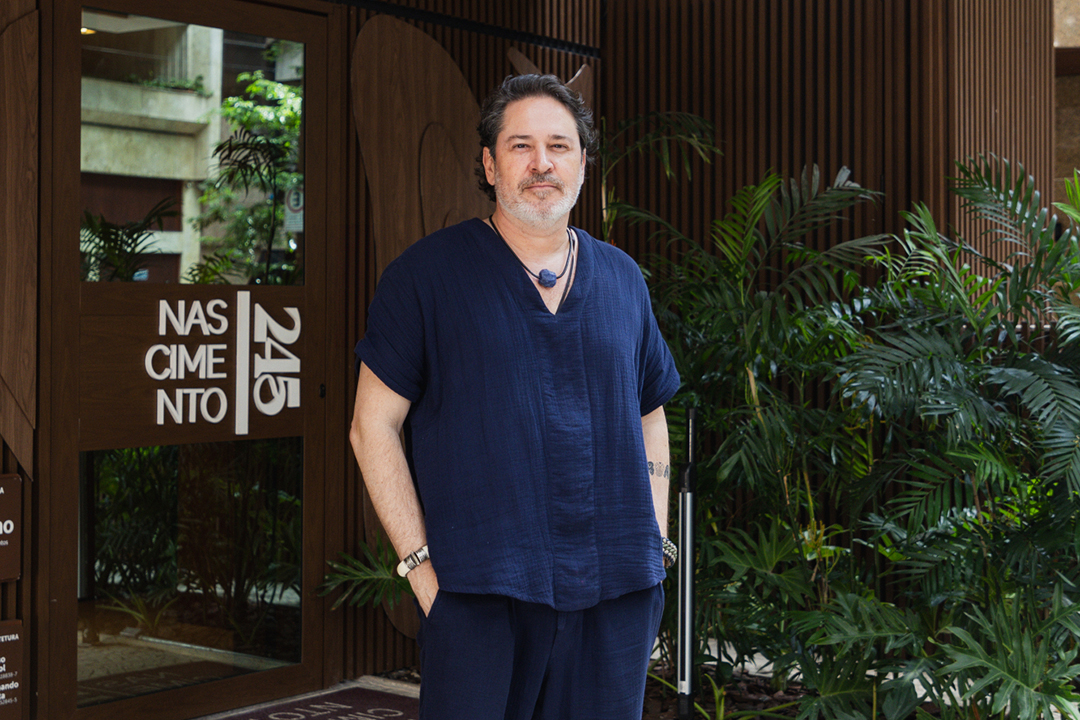
A biofilia, the neuroarchitecture and the new concepts of living

Neuroarchitecture and biophilia are an answer to this great need that human beings have to reconcile with nature.. And this was even more evident in 2020. After all, the way we come to deal with our home and the way we relate to our family and friends has changed radically. in an exclusive interview, Benedito Abbud, architect and landscaper, talks about how these two concepts that prioritize connection with the environment influence our well-being.
A biofilia, in its turn, allows people to feel “embraced by nature”, but by a “soft nature”, what, obviously, will be rebuilt by man, So, "It's not that aggressive nature, full of mosquitoes, snakes and scorpions, it's a friendly nature. Here the concept is very close to the word paradise, which means a protected garden., that is, a garden where you are enjoying your blessings and where you will not be attacked by anything. This is very important", clarifies Abbud.
Concepts related to neuroarchitecture and biophilia are premised on the use of colors, ergonomics, natural and less processed materials, that remind people of a certain connection with nature, increasing, like this, the feeling of well-being. Remembering that it is also possible for the person to have a floor that resembles wood, without necessarily having been made with this raw material.
“I see biophilia as a broader consequence of Healing Gardens, which are healing gardens, that architects and landscape designers began to create in the 1990s. 1980. The concept of biophilia emerged around the 1970, but he was not popular. It was in the following decade that these healing gardens began to be used in hospitals and clinics.. So, we sought to create true natural environments, with a lot of vegetation, so that people could feel inside a less constructed landscape. In these spaces, we tried to put fruit trees, mainly for attracting birds. in hospitals, for example, we made very nice corners for all the people, not just for the sick. By the way, the Healing Gardens came to show this too, that the patients who left, were sunbathing, took the breeze, went to nature, saw birds, enjoyed the fish swimming, healed faster, because it's a matter of you activating affective memories and, perhaps, memories you don't even have, that it is something more ancestral”.
This also means that landscaping needs to find alternatives so that vegetation can predominate in the landscape.. “Even if they are relatively small spaces, because people perceive biophilia through the senses. There's no other way! So, we evoke much of the vision through the blooms, which is something very visual. We have the question of the fruits that will attract the birds, but there is also the taste of people, which is another way for you to connect with nature, which is to take a fruit from the tree and eat it. this is very important, of the smell, the aroma that landscaping can bring in a very interesting way to people's lives. Of you being able to be in a certain space and get drunk with a delicious perfume, that is not that artificial perfume, it's a nice perfume. Some plants smell better, So, we also try to dose. Others exhale the scent normally at a certain time., comes with the breeze. They are more delicate perfumes. For example, a cherry, if you crumple the sheet, you will feel a pleasant smell that can even awaken affective memories. And there are projects, especially those carried out for the elderly, that people have tried hard to put this relationship of affective memories in space”.
According to Abbud, spaces must also value the issue of the relationship between sun and shadow. “A vitamina D, which is fundamental to our life, is talking to most people. So, I'm talking about tact now. The shadow is related to the sun hitting the skin. this is tact. There is also the issue of hearing., from the rustle. It's so much nicer to hear the rustle of leaves. It's much better than hearing the noise of a car. Or, So, the sounds of the water, that we bring a lot in landscaping to just cover up those annoying noises of large urban centers. Ie, neuroarchitecture makes you think to really take someone to paradise”.
Biophilia and well-being
Homes and cities are designed for people, what makes the human the focal point of architecture. please note that, currently, according to IBGE, near 85% of the Brazilian population lives in large urban centers. A recent phenomenon, since until the beginning of the last century, Brazil was a strictly rural country, when people lived in the countryside and, consequently, were much closer to nature. It turns out that this high population density in capitals and large cities, ends up impacting our lifestyle, which is extremely agitated, stressful and without much connection with “green”, for example. But, according to Abbud, this is a reality that can be changed.
"Today, by pressing a button, you can make a sliding glass wall, allowing an indoor environment to be practically integrated with an outdoor leisure area. Or, still, you can quickly make your room bigger by opening a sliding door to the balcony where you can feel the breeze, the sun, the smell of nature, the water that waters the plants, that nice smell of the floor, of cut grass, or even feel that nice scent of the ground when it rains. All this refers to nature. And she is fundamental, because we come from nature”, scores the architect and landscaper.
Small spaces biophilia
Even in big cities, where a large part of the population lives in dry apartments, balconies have gained a very important role. “Brazilians are a people who highly value socialization during meals., and that's why the gourmet areas and balconies have gained another level”, comments Abbud. Even in developments where the units have minimal space, there is this perception that it is necessary to make better use of outdoor and leisure areas as: pool, gourmet areas, children's recreation etc.. So, the appreciation of these spaces will be something even stronger in architecture from now on. And these concepts are reasserting themselves as many people continue to work from home., no sistema home office. “This modality is here to stay in some professions. A lot of people will be able to do this when 5G is a reality in Brazil – of course not everyone – but, who can and lives in a small apartment, logo, soon you will be able to choose where to work. So, will work in shorts or shorts, swimsuit, in a pool, for example. Ie, what is perceived is that work and leisure begin to merge in a much more beneficial way for people, even for those who are living in small apartments. Because if you live in a building that has a leisure area, you will be able to work in an outdoor area during a moment of the day to enjoy a nice little sun, even if it's cold. So, these things are very important and allow us to work with more quality”.







